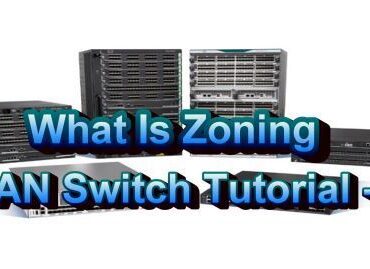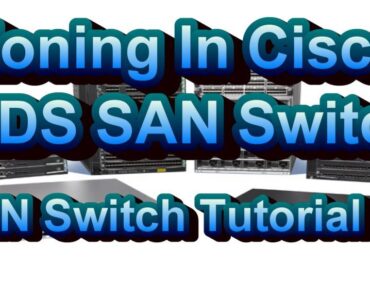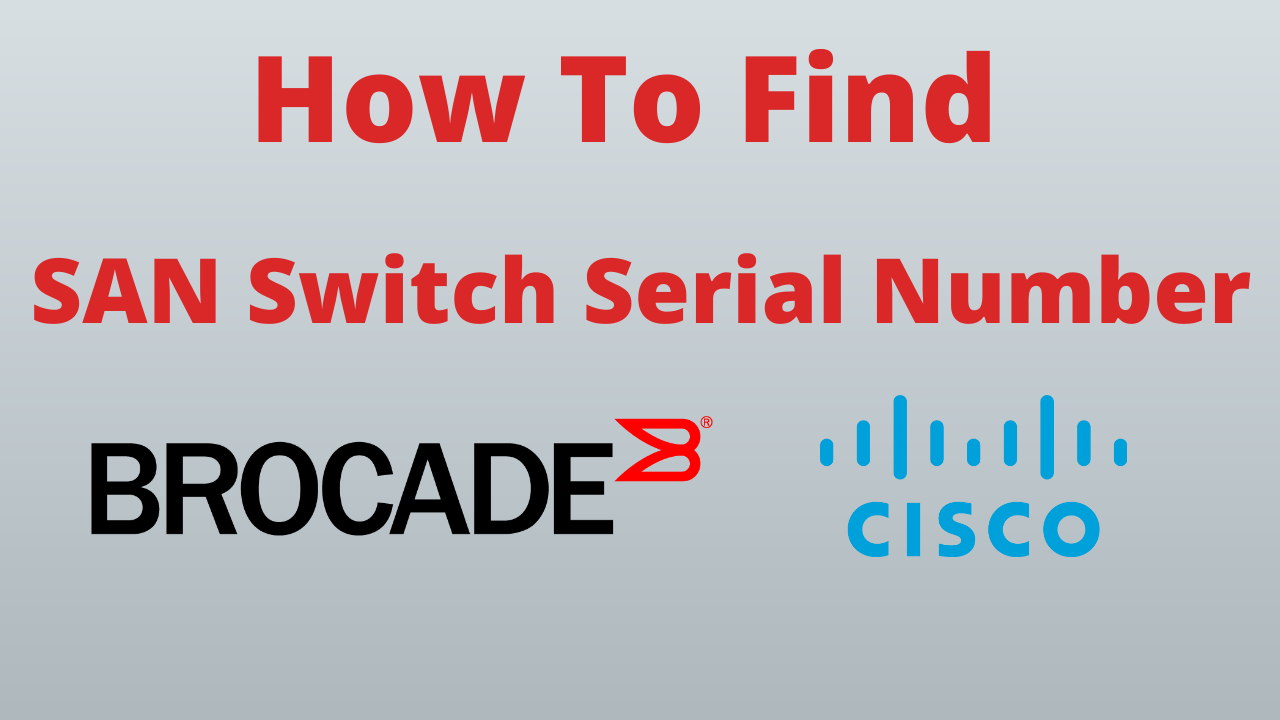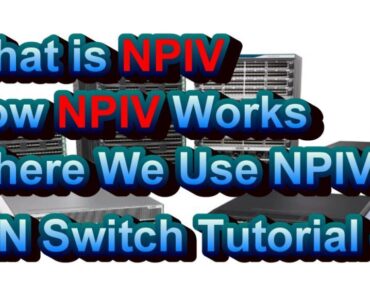Zoning is a common practice that a storage admin performs in day to day activities. It is a mandatory step that a SAN admin has to perform to allow an initiator to access storage devices.
In this post, we will see what is Zoning and why we need it. We will also discuss the types of zoning and difference between them.
A storage admin does zoning in SAN switches. The most popular and stable SAN switches are brocade and Cisco MDS. You can use the command line as well as GUI to do it.
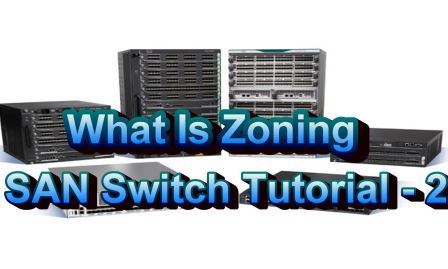
What Are WWNN and WWPN?
WWNN stands for World Wide Node Name. It is a unique ID assigned to all FC devices in Storage Area Network. Due to its uniqueness, other FC devices use WWPN to identify a Node in the SAN network.
WWPN stands for World Wide Port Name. Every device in a SAN network has FC ports. Let it be a storage device, host or SAN switches. These ports have a unique identification called WWPN.
WWPN and WWNN are the 64-bit address that is difficult to remember. Hence, a storage admin creates FC alias for easy reference. In the next section, we will discuss various types of alias in a SAN.
What Are fcalias, device-alias, and alias?
fcalias and device-alias are CISCO SAN switch terminology. The WWPN is hard to remember hence an alias name is created for WWPN. In some storage area networks instead of fcalias devices-alias are created.
The main difference between a fcalias and devices-alias is that a fcalias can communicate within a VSAN but devices-alias can communicate across VSANs.
Similarly, an alias is Brocade SAN switch terminology. We can use an alias name for WWPN. It is a 64bit address and unique to each vendor.
You can check out Brocade zoning and Cisco Zoning to know how to create an alias.
Why We Need Zoning?
Zoning provides a secure path between an initiator and a storage array. In a SAN network, many devices are connected to the same SAN switch. In order to make sure that the FC traffic flows between particular devices, we need to create zoning.
This also provides a flexible way to manage all devices in a Storage area network.
What Is Zoning?
Zoning is a grouping of initiator port and target ports. After this step, FC devices can send or receive FC frames from other devices in the SAN network. Zoning also increases the security as a flow of FC traffic happens between a particular initiator and target.
It involves 3 to 4 steps which are performed in a SAN Switch. You can use both CLI and GUI to do it. If you are a beginner then it always better to use GUI to avoid any human error.
Check out the YouTube Video for a detail explanation on this topic. You can even subscribe to the channel for more such videos.
What are the types of Zoning?
There are two types of Zoning, Hard, and Soft. In most infra, you will find soft zoning as it is easy to implement and manage. On the other hand, hard zoning is rare but it provides high security. Hence, you should use hard zoning if security is a high priority.
In the next section, we will discuss the difference between them.
Difference between Hard and Soft Zoning?
In Hard Zoning you need to add Domain ID and Port number of a Switch in a zone. While in soft-zoning, you need to add WWPN or fcalies are in the same zone.
For example, if the domain id of a switch 10 and a host is connected to port number 5 and storage device is on port 6. In this case, the zone you can create two fcalias with port numbers 10, 5 and 10,6. After that, you can add them to the same zone.
Now, if you swap the cable to different ports then the host will see disconnection. In order to fix it, you must do rezoning with the correct ports.
Hard Zoning is highly secure than soft. However, in most environments, the latter is preferred.
In the case of Hard Zoning any physical changes like cable swap, you have to do a rezoning. Now In the case of Soft Zoning, there is no need for any rezoning. So if you frequently perform maintenance activities on your switch then you should choose soft zoning instead of hard.
